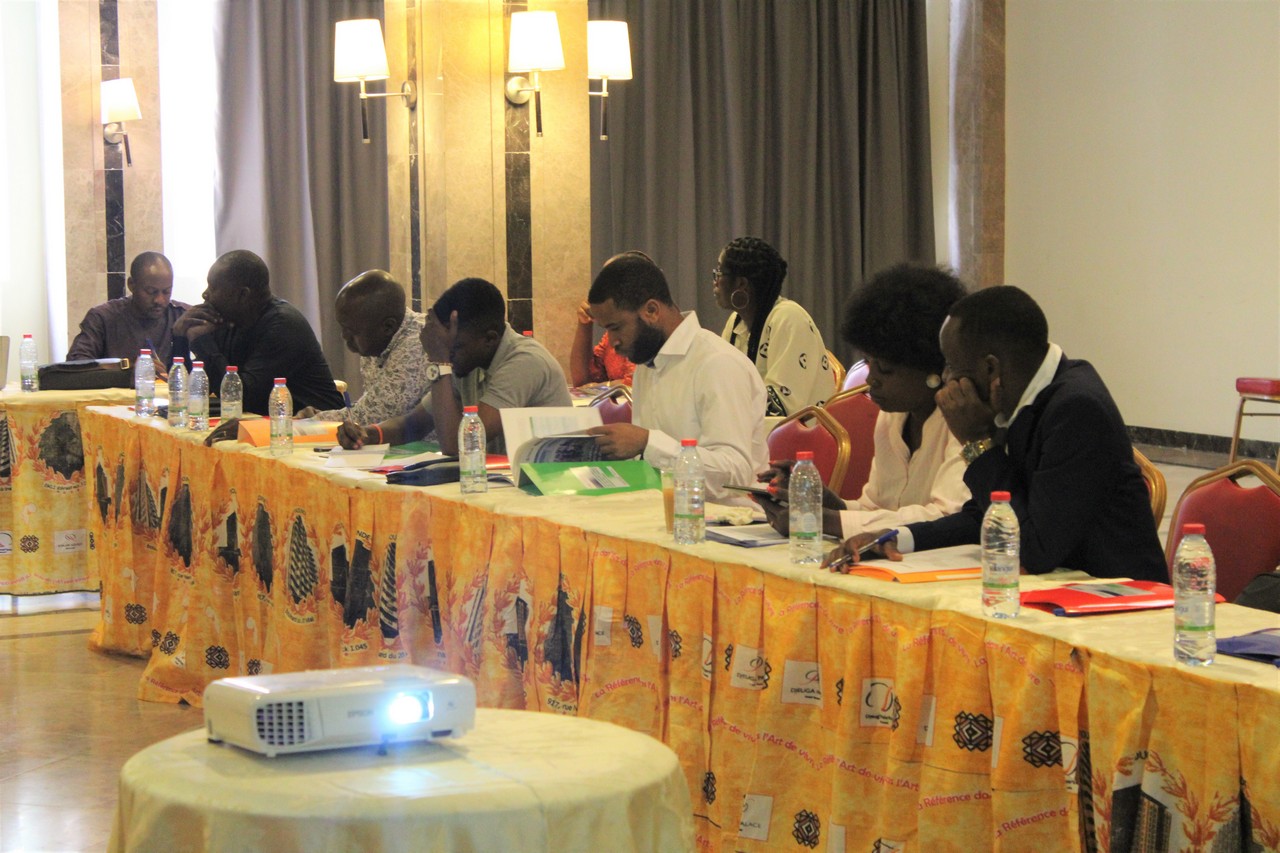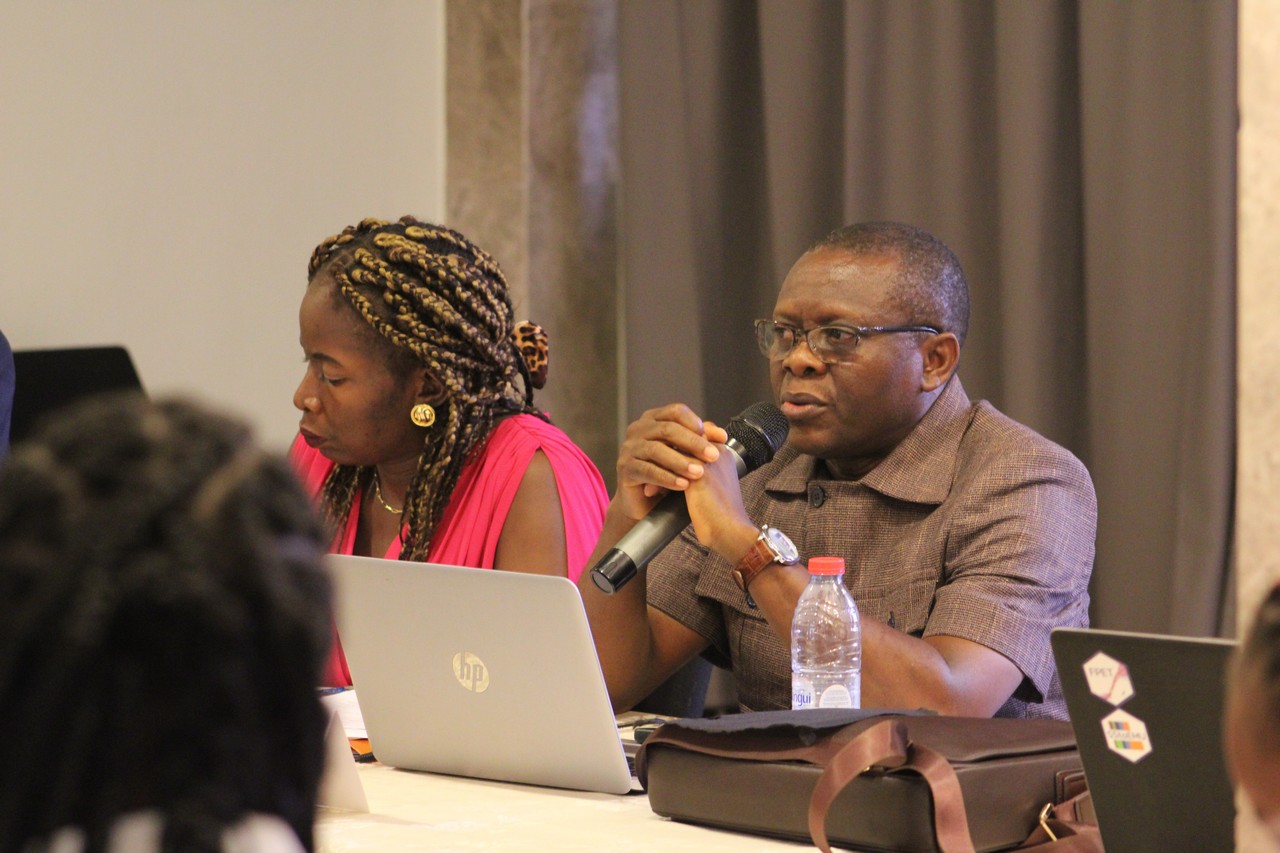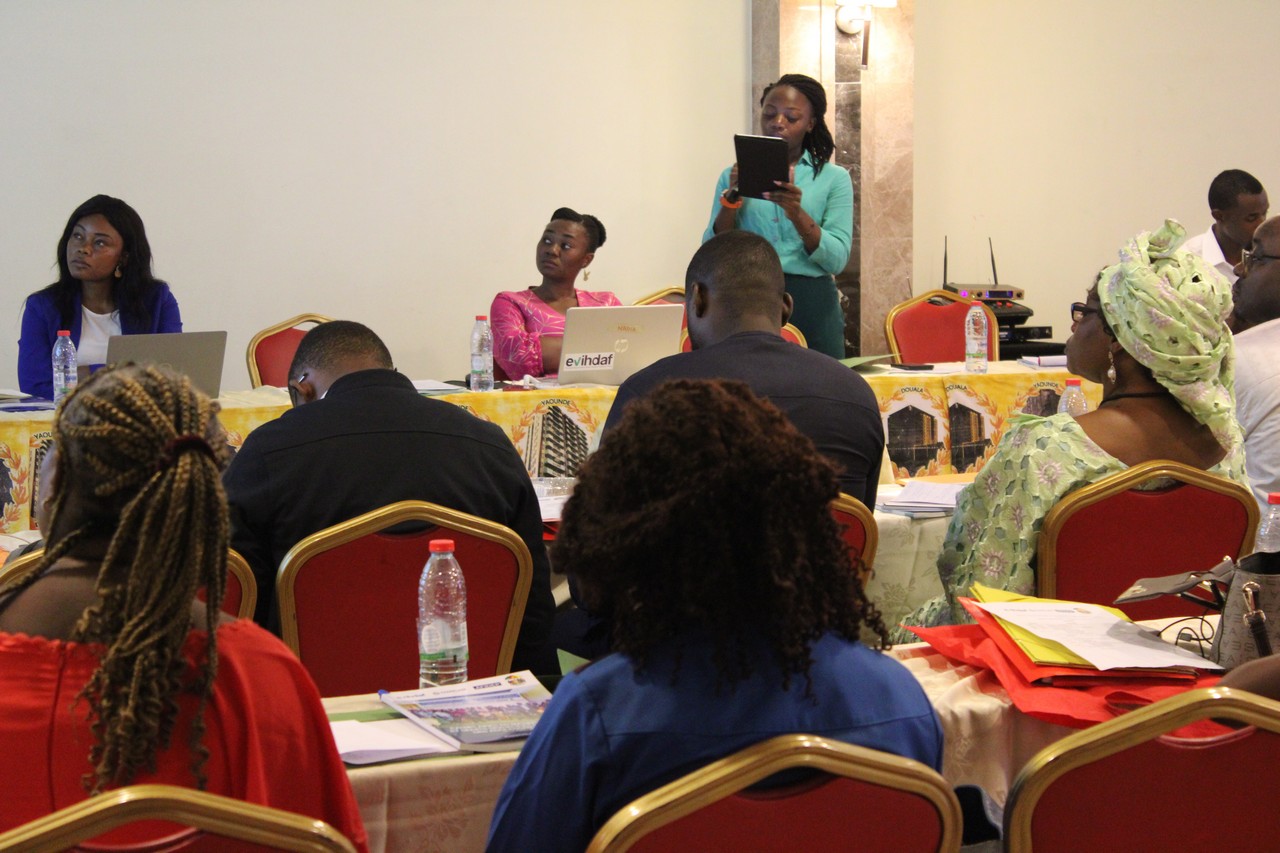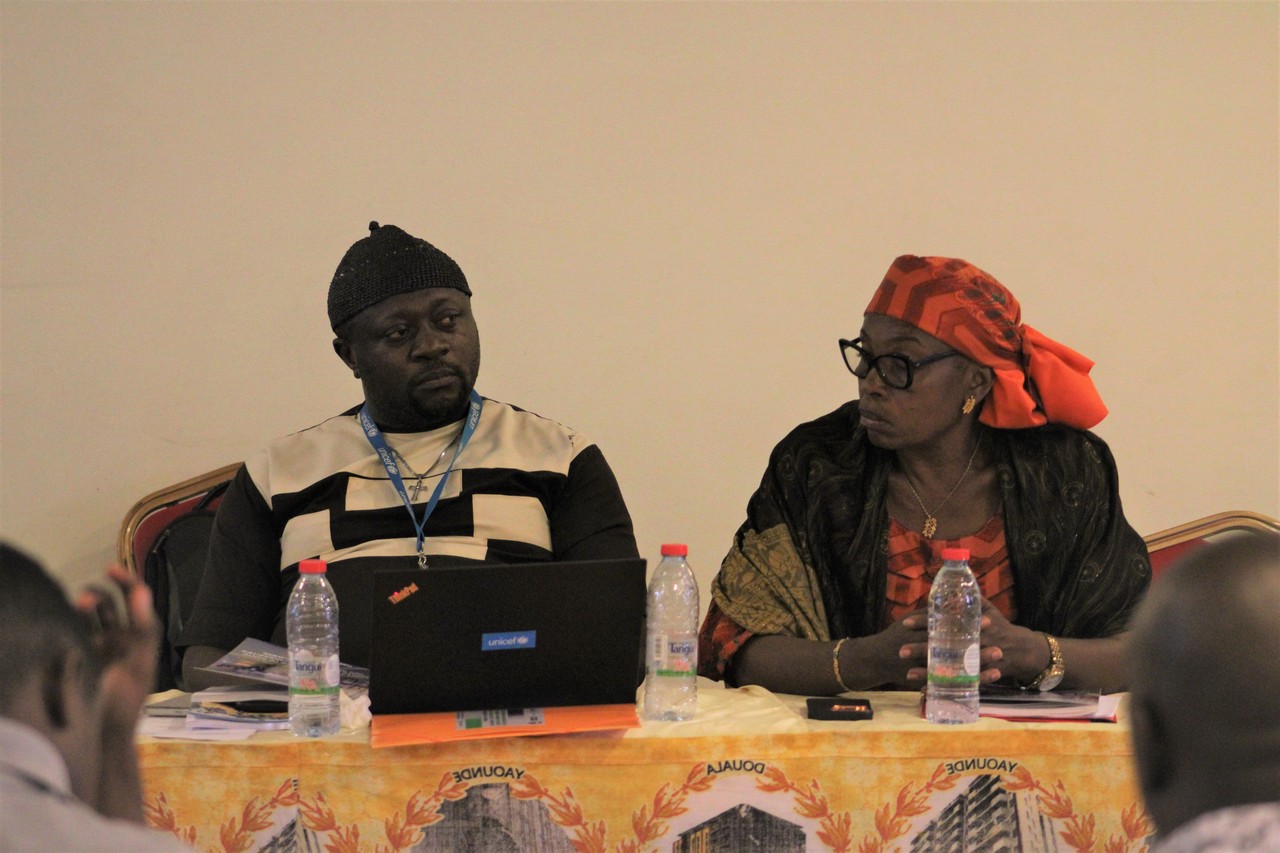Chaired by the Secretary General of Cameroon’s Ministry of Public Health represented here by the Inspector General in charge of Pharmaceutical Services and Laboratories (IGSPL) of the said ministry, the ASHER (Adolescent Sexual and Reproductive Health and Rights Exemplars) project dissemination workshop held this May 16, 2024, was well attended by policymakers, program implementors, civil society organizations, a number of adolescents amongst which the 02 youth advisors of ASHER in Cameroon.
In his welcome word, the Executive Director of EVIHDAF, Dr Jean Christophe Fotso, clearly presented the goal of this project which aims at examining the policies and programs that have been successful in selected LMICS to reduce high levels of pregnancies, including prevention and management of unintended pregnancy, and to advance ASRHR. The research also sought at determining how the lessons learned and best practices can be applied to improve SRHR outcomes for adolescents across geographies.
From the report, some identified key elements for successful improvement of SRHR in Cameroon are:
In the course of opening the workshop, the Secretary General’s representative, highlighted the fact that several sexual and reproductive health indicators have improved over the period 1998 – 2018. For example, the proportion of pregnancies among teenagers aged 15-19 living in union fell from 33% in 1998 to 22% in 2018, a difference of 10 points. However, it is important for Cameroon to consolidate the gains made in ARH, and to step up efforts to ensure that the momentum continues to grow.
Cameroon has a wealth of experience in adolescent sexual and reproductive health. The inclusion of most of the international rules and conventions on sexual and reproductive health in its policy and strategy documents bears witness to the government’s interest in adolescent health issues. The country has continued to provide a policy and regulatory framework to promote the sexual and reproductive health and rights of young people, with the development of various strategic plans and the implementation of several programs and interventions tailored to adolescents and young people.
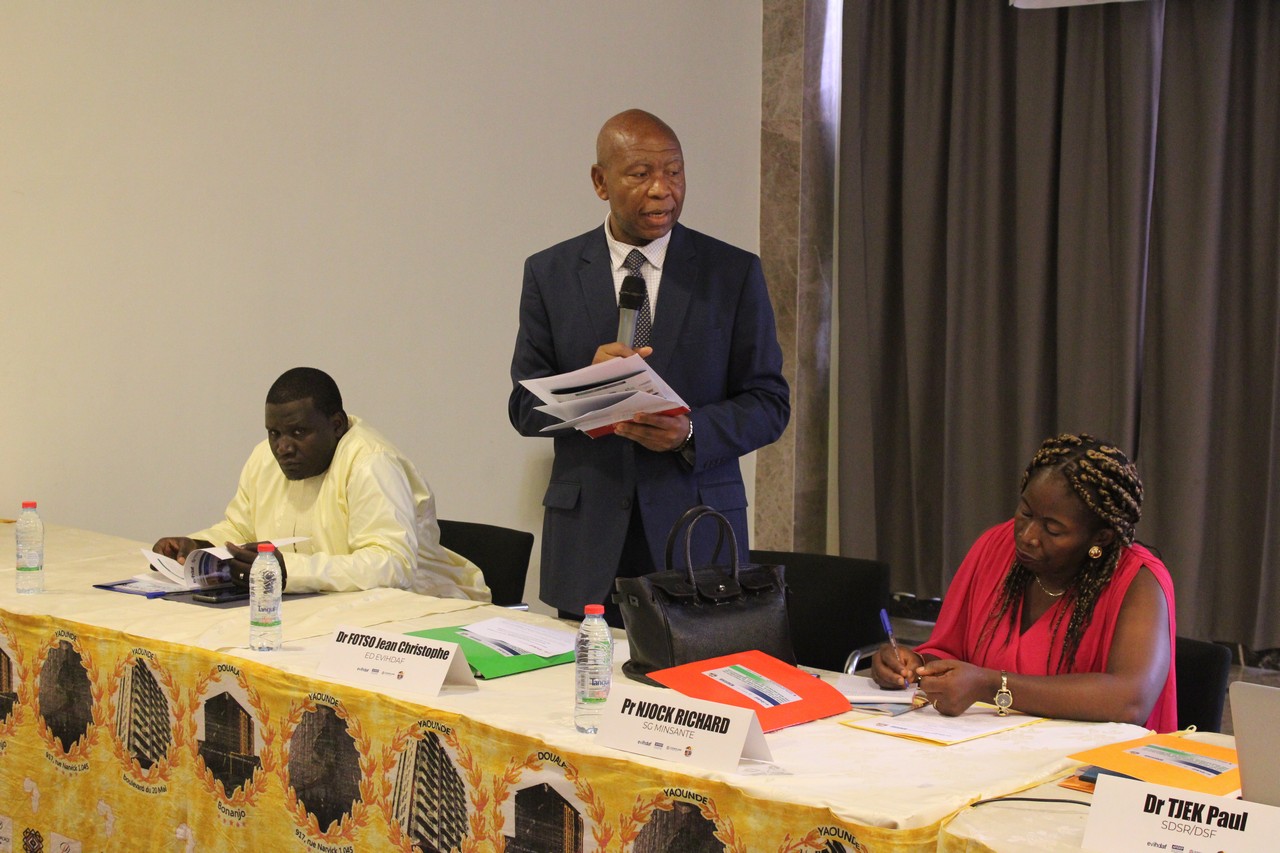

However, it is important to note that some of these strategic plans are now obsolete and new plans need to be drawn up. In addition, the results of the study show that there is still a low level of knowledge, attitudes and practices among adolescents and young people that are favorable to young people’s sexual and reproductive health and rights. There is a need to strengthen and extend the implementation of interventions to ensure that services are geographically and financially accessible to the adolescent population. According to the key informants, it would be necessary to:
Following the fruitful discussions, all stakeholders present at this workshop adopted the following recommendations for immediate action:
Organized by EVIHDAF, in collaboration with Cameroon’s Department of Family Health / MOH, participants of this workshop left with great satisfaction and hope for a greater success of adolescent sexual and reproductive health initiatives in Cameroon.
